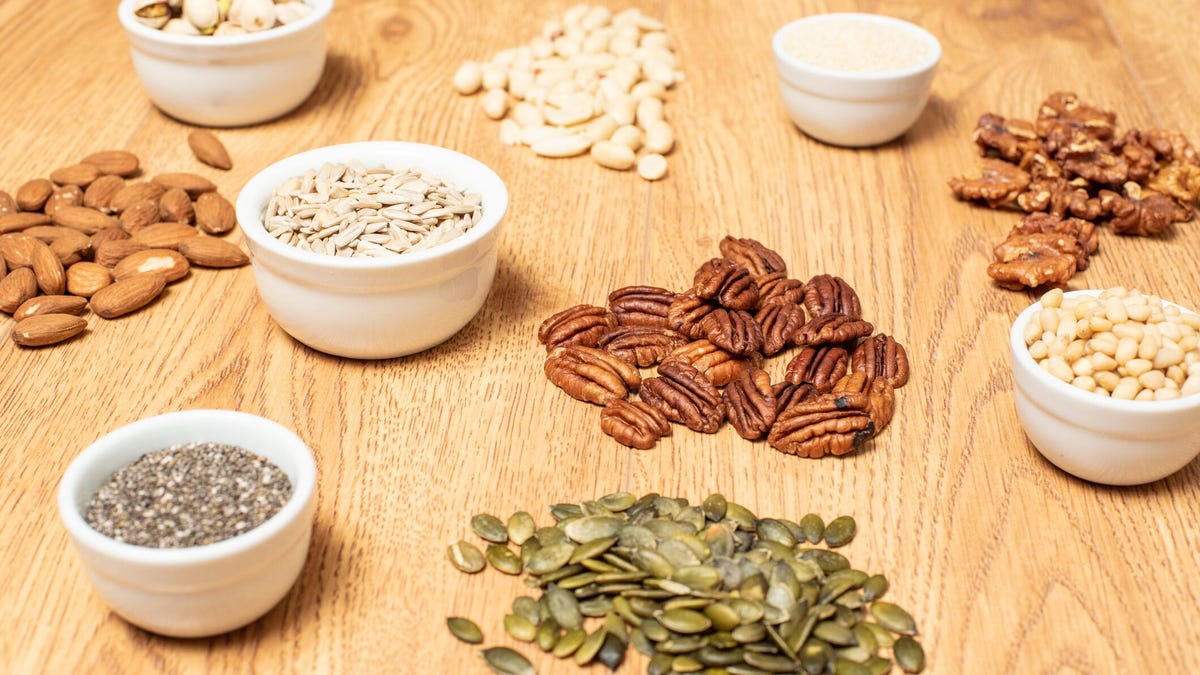
MS Bajwa
As for each the World-wide Hunger Index, India was rated 107th out of 121 nations around the world in 2022, which is a fall from the before ranking of 101 in 2021 and 94 in 2020. Today, about 194 million Indians remain undernourished, underscoring a extreme foodstuff crisis irrespective of the technological gains built via the Green, Yellow and White Revolutions. In India, involving 1970 and 2022, foodgrain creation greater from about 50 million tonnes (MT) to close to 316 MT horticultural develop increased from less than 150 MT to about 330 MT (197 MT greens, 103 MT fruits) manufacturing of pulses rose from 12 MT to all over 27MT and of edible oils from significantly less than 10 MT to all-around 23 MT. In Punjab, all through this period, foodgrain output amplified from 7 MT to more than 30 MT, and horticulture creation rose from 1 MT to around 7 MT (5.4 MT vegetables, 1.8 MT fruits).
Foodgrain production
Notwithstanding these achievements in foodstuff creation and the implementation of the National Food items Protection Act to ensure foodstuff and nutritional protection, hundreds of thousands of folks in the country continue on to grapple with starvation and malnutrition. This dire scenario will persist in the potential due to the widening foodstuff supply-need gap with the progressively developing populace, envisioned to be about 152 crore by 2030 and 170 crore by 2050, and the decelerating tempo of foods generation in perspective of the intensely escalating force on soil and water means. Furthermore, the effects of local weather transform is expected to be big it might lessen India’s agricultural potential by about 40 per cent and result in up to 30 for every cent loss in yield of some staple crops by 2050. It will be hard to maintain crop productiveness and creation to meet the wants of the escalating population and ensure food safety. A report of the Countrywide Academy of Agricultural Sciences states that by 2050, India will want 405 MT foodgrains, 342 MT vegetables, 305 MT fruits and 39 MT edible oils.
These figures symbolize a important improve from present ranges, and if creation is not augmented, significant food stuff shortfalls and food stuff insecurity can be expected. India will not be capable to meet the UN purpose of a ‘zero-starvation world’ by 2030. Larger creation has to be attained in the experience of consistently degrading soil health and fitness, depleting water assets, climate alter and a weak agricultural coverage. For that reason, for accomplishing certain food safety, emphasis must be on the collection of web page (soil, water) suitability-based mostly significant-yielding crops and their varieties improving the ability of farmers to undertake weather-resilient systems judiciously to deliver more from just about every device of time, land, soil, h2o and inputs (fertilisers, pesticides and energy), and that way too sustainably and anticipatory adoption of procedures for guarding of the meals creation technique towards numerous pitfalls to agricultural generation.

India also faces the intricate obstacle of nutritional insecurity. Procedures for the progress of agriculture can not be limited to just increasing agricultural production for food items safety a paradigm change is desired to go after know-how-primarily based techniques for achieving confident food items and nutrition sustainability. There is a silent epidemic of malnutrition in spite of improved food items output. A report of FAO (2018) reveals that about 14.5 for every cent of the Indian inhabitants remains undernourished.
Undernutrition is seriously reducing the performance functionality of the men and women and inevitably hurting the financial system of the state. The main rationale for the persistence of malnutrition is a nutritionally bad diet regime thanks to inadequate entry (especially of useful resource-inadequate, revenue-deficient populace) to fruits and greens. It is noted that the common for every-capita daily use of fruits and vegetables in India is effectively down below the required amount of at least 400 gm.
Innovation through the convergence of agriculture with biotechnology has the probable to be the frontier in building nutritionally improved food items crops for combating malnutrition, just as gene and engineering-primarily based Inexperienced Revolution ensured foods self-sufficiency in the state. Biofortification of crops by using biotechnology, especially of high-yielding cereals, veggies, fruits, pulses, and so forth. with improved bioavailable concentrations of necessary nutrition these kinds of as proteins, minerals and nutritional vitamins can significantly lead toward potential breakthroughs in mitigating hunger and malnutrition and attaining sustainable food and diet protection. A fantastic illustration is golden rice, which is fortified with vitamin A and iron. Other illustrations incorporate lysine and tryptophan-prosperous top quality protein maize, vitamin A-prosperous orange, iron-loaded pearl millet and lentil, zinc-wealthy wheat and coloured wheat wealthy in anthocyanins (anti-oxidants) and zinc.
Procedures for reaching food items and nourishment protection must just take cognisance of the implications of food losses. The achievements of report foodgrain and horticultural manufacturing are unable to be viewed as satisfactory when up to 40 for each cent of the foods is squandered — equivalent to Rs 92,000 crore a 12 months — and by no means reaches the needy. Prevention of this wastage could feed about 50 million people per 12 months. Minimising article-harvest losses together the total supply chain (production to consumption) by expanding infrastructure for built-in chilly chain, storage and food processing industries for perishable merchandise and delivering scientific storage of foodgrains will be a resource-effective way to boost foodstuff availability and fighting hunger and malnutrition sustainably.
The federal government and coverage-makers will have to understand that dynamic limited-expression and futuristic extensive-term implementable policies and suitable investments are essential to mitigate hunger and malnutrition. It is crucial that policies are formulated and executed correctly for strengthening investigate and advancement actions, incentivising farmers and supporting them technologically as well as monetarily for judiciously adopting techniques to realize certain foods and dietary safety in the long term.
The author is former Director of Research, PAU, Ludhiana
link

:max_bytes(150000):strip_icc()/Best-Condiments-for-Better-Blood-Sugar-According-to-Dietitians-aa44e694e2324a269ad75f1518d40d2f.jpg)



:max_bytes(150000):strip_icc()/healthiest-nuts-GettyImages-1930358037-4f290b8ab2c14e6b829689a41867fb61.jpg)
